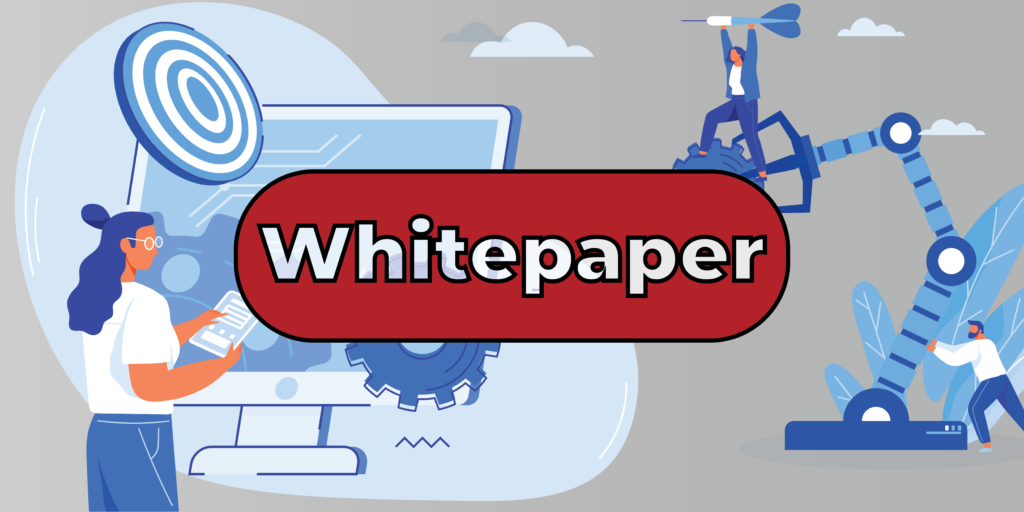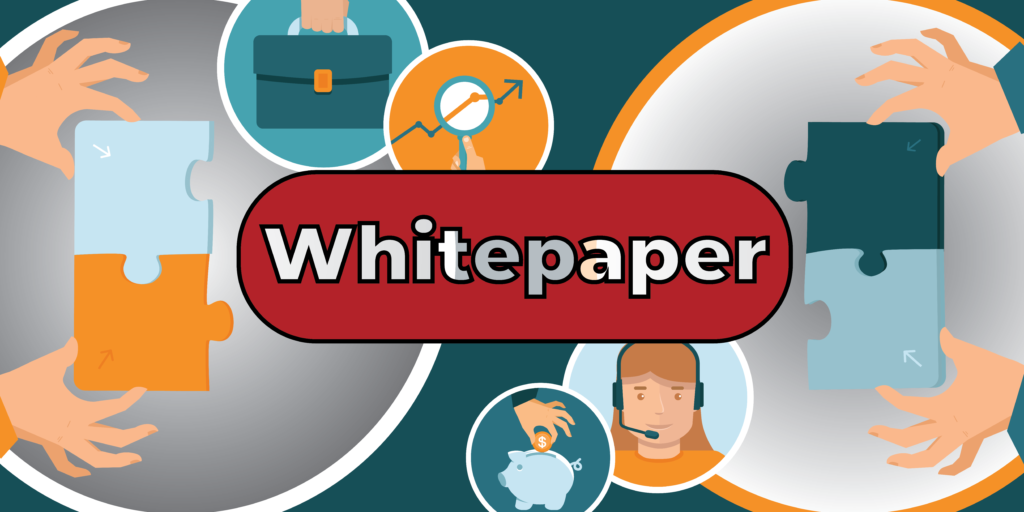When companies originally set up multi-org in Oracle’s® E-Business Suite, security and control were the primary drivers for separating data into different operating units. Plants wanted to run their own operations, negotiate their own contracts with suppliers, and set up their own invoicing, inventory and receiving practices. Moreover, there was a competitive environment among different […]
Category Archives: Whitepapers
It’s happening company-wide: Different divisions, from accounting to purchasing, are looking to cut down on costs and reduce inefficiencies in an attempt to ride out the latest economic tides. This belt-tightening attitude can be seen in the significant furloughs and lay-offs, and in the aversion companies have toward participating in internal projects that do not […]
Before the onset of the economic downturn and the meltdown in the financial sector, for businesses addressing change meant adapting to more cash coming in and what to do with it to keep investors happy or adapting to unprecedented growth – one of those “good problems to have”. Organizations were looking at 3, 5, and […]
In the past, improving business processes was the primary objective of most ERP implementations, and welcome outcomes were cost savings and productivity improvements. When ERP systems were initially implemented, the opportunities and gains in back office operations were considered significant strategic advantages. But although the strategic advantages of having robust ERP systems persist, today’s economy […]
Smart business owners know that by planting the right seeds during times of economic uncertainty, their companies can harvest a bumper crop on the other end of the slowdown. Here are a few time-tested perennials sure to reap big rewards. Weed Your Garden This is a good time to focus on your company’s core competencies […]
How the Implementation of an Enterprise Application Goes from “Finished” to “Done” Enterprise applications must continually evolve in order to support ongoing business changes. Enabling and facilitating those changes so that they can occur with minimal cost and business disruption is the essence of designing for agility. The backbone of potential design agility is most […]
This is the second in a series of articles designed to help the more technical people understand the business. They are intended as general reference material. A copy of the first article, Basics of Accounting: General Ledger and Account Types, can be found here. Books or ledgers are used to record the transactions. Closing the books is […]
This is the first in a series of articles designed to help the more technical people understand the business. They are intended as general reference material. A copy of the second article, Basics of Accounting: Closing the Books, can be found here. The general ledger (GL) is the repository and reporting vehicle for all financial subledger transactions. Subledgers include the Oracle® Applications […]
Given the option, would you prefer to receive one large lump sum of money right now, or several small but regular payments distributed over many years? This conundrum is typically associated with lottery winners, and these fortunate few overwhelmingly choose to receive the lump sum – even though their winnings are significantly reduced due to […]
Under FASB 141-Business Combinations, prior to 2009 merger and acquisition (M&A) transaction costs could be capitalized and recorded as part of the purchase price. Effective in 2009, FASB 141-R Business Combinations (later codified as ASC-805-10) mandates that direct M&A transaction costs now need to be treated separately from the business combination and expensed as occurred. […]











